Word Count: 1,214
Average Read Time: 4.5 minutes
Over the past four weeks, we’ve talked about all the factors you need for building a workout program that builds muscle and burns fat. Now let’s take those puzzle pieces and organize them into a training split so that they make a nice, pretty picture.
If you didn’t read the previous weeks’ posts, that’s fine. This article will make sense without them; however, I do recommend you check them out if you haven’t already. Here are the links:
Training splits are an interesting topic. This is because, if done correctly, they aren’t an important consideration; however, if done incorrectly, they can harm your progress. Training splits can have a large impact on adherence, which is a major factor in getting the results you want.
For example, some people may be able to go to the gym every single day but not have a large window of time to train while they’re there. Others may only be able to train a couple of times per week but have a large window of time to train when they do go. Pick a split that is realistic for your schedule. (Click to tweet this.)
Body Part Per Day Split
Summary
The body part per day split or “bro split” as it’s commonly referred to as, involves training each muscle group once per week, each on their own dedicated day. This is typically completed as:
Monday: Chest
Tuesday: Back
Wednesday: Legs
Thursday: Shoulders
Friday: Arms
Pros
Most people really enjoy it, which helps boost adherence. If you will recall from week one, adherence is the number one most important factor for getting results.
Your workouts will be a bit shorter since you’re dividing your total work for the week across five workouts. (Remember: More workouts equal shorter workouts. Fewer workouts equal longer workouts.)
Cons
This workout requires you to go to the gym five times per week, which is the second highest number of sessions per week out of the four most popular training splits.
With this split, you are only training each muscle group one time per week. Studies show that training each muscle group twice per week is more effective than training each muscle group only once per week. [1] This is the only training split we will talk about that doesn’t train each muscle group at least twice per week.
Push Pull Legs Split
Summary
The push pull legs split involves doing vertical and horizontal pushes on day one, vertical and horizontal pulls on day two, and squats and hip hinges on day three. This cycle will be gone through two times each week for a total of six workouts. (If you haven’t figured it out yet, the names of these splits are pretty self explanatory.)
Pros
Since the total weekly work is divided across six workouts, each session will be very short.
Similar to the body part per day split, each day has it’s specific purpose which tends to be more enjoyable.
Each muscle group is trained twice per week.
Cons
You are required to train six times per week, which is the highest number of sessions per week out of the four most popular training splits. This may be impractical for many people.
Upper Lower Split
Summary
The upper lower split involves training all upper body muscles on day one and all lower body muscles on day two. This cycle is repeated two times for a total of four sessions each week.
Pros
Each day has it’s specific purpose which tends to be more enjoyable.
Each muscle group is trained twice per week.
Cons
Since there are fewer workout sessions, each session will be slightly longer.
Full Body Split
Summary
The full body split involves training every muscle group during each session. This is typically repeated either two or three times each week.
Pros
Every muscle group could be trained twice in as little as two sessions.
Cons
Workout sessions will be quite a bit longer, especially if your total weekly work is crammed into two sessions rather than three.
Some people find this split less enjoyable due to it’s lack of specialization for each session.
Hybrids
While the splits we’ve talked about so far are the most popular ones, keep in mind that there are an infinite number of ways to divide up your total work across the week. We can take the above training splits and tweak them to help target a lagging body part or a lagging lift.
Example 1) If you have 5 days available and wanted to bring up arms, you could do: upper, lower, upper, lower, arms.
Example 2) If you have 4 days available and wanted to work on your squat, you could do: full, full, full, dedicated squat day.
Another thing to keep in mind is that we can mix these splits together. Here are a few examples:
6 Day Hybrid Splits
Upper, Lower, Upper, Lower, Upper, Lower
Upper, Lower, Upper, Lower, Full, Full
Upper, Lower, Full, Full, Full, Full
Full, Full, Full, Full, Full, Full,
Push, Pull, Legs, Full, Full, Full,
Push, Pull, Legs, Upper, Lower, Full
5 Day Hybrid Splits
Upper, Lower, Upper, Lower, Full
Full, Full, Full, Full, Full
Push, Pull, Legs, Upper, Lower
Push, Pull, Legs, Full, Full
Upper, Lower, Full, Full, Full
4 Day Hybrid Splits
Upper, Lower, Full, Full
Push, Pull, Legs, Full
3 Day Hybrid Split
Upper, Lower, Full
Same Split. Different Emphasis.
One last thing to keep in mind is there’s still one more layer on top of the infinite number of ways to divide up your training. You can take one training split and switch up the emphasis, which would make for very different training programs.
Example 1) If you chose to do a three day per week full body split, one day could be lower body focused, one upper body focused, and one without a specific focus.
Example 2) If you chose to do a four day per week upper lower split, two days could be focused on compound movements and the other two days could be focused on isolation exercises.
Takeaway
When selecting a training split, aim to train each muscle group at least twice per week.
Some people may be able to go to the gym every single day but not have a large window of time to train while they’re there. Others may only be able to train a couple of times per week but have a large window of time to train when they do go. Pick a split that is realistic for your schedule.
Training splits don’t have to be isolated. Splits can be mixed together.
Thank you so much for reading! If you found this information helpful and want to help the Treadaway Training blog grow, simply share this post with a friend. If you like what I have to say, sign up below to become a Treadaway Training insider and get notified for each blogcast and video. I will be back here Thursday with another fat loss topic. As always, God bless you AND your family and I'll see you Thursday.








